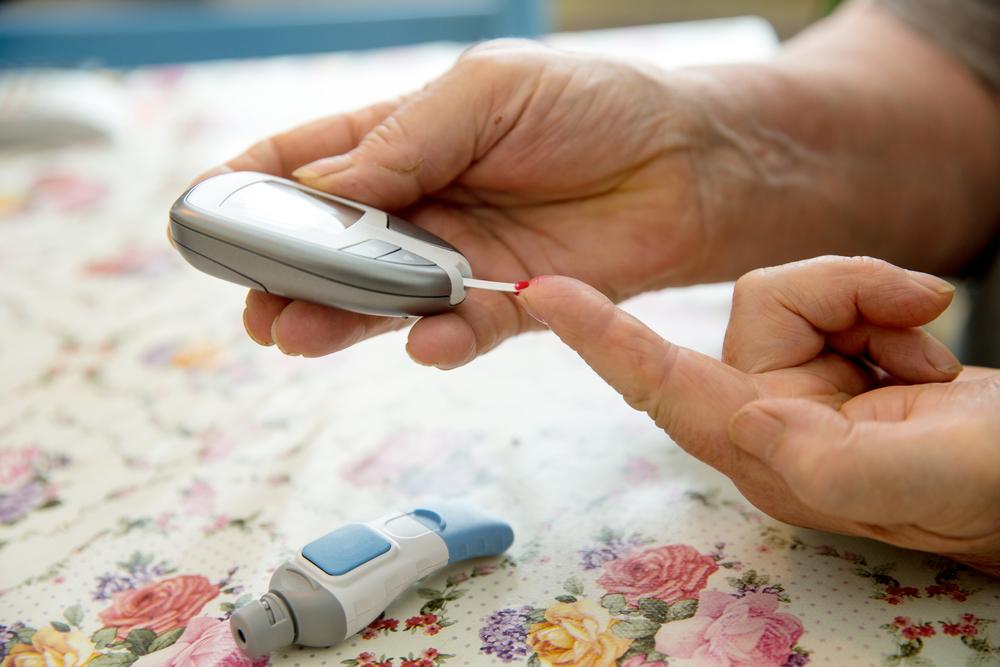A Comprehensive Guide to Type 1 Diabetes: Causes, Symptoms, and Management Strategies
Explore an in-depth overview of type 1 diabetes including causes, typical symptoms, and effective management options. Understand the autoimmune nature of the condition, how it progresses, and the importance of insulin therapy. This guide offers essential insights for those affected or caring for someone with this condition, emphasizing the need for professional medical guidance.

Type 1 Diabetes accounts for about 5-10% of all diabetic cases and usually develops before age 30, unlike the more common type 2. It is an autoimmune condition where the body's immune system destroys insulin-producing beta cells in the pancreas, resulting in lifelong insulin dependency. Genetic and environmental factors are thought to trigger this immune response involving antibodies against beta cells. Early stages may show autoimmune markers like GAD, ICA, and IAA, with symptoms including frequent urination, unexplained weight loss, excessive thirst, hunger, blurred vision, fatigue, nausea, and frequent infections. Management requires continuous insulin therapy, tailored to each individual. Insulin is administered via injections or pumps, with basal-bolus regimens being standard. Proper injection sites, storage, and side effect management are essential. Always consult healthcare professionals for personalized care, as this information is for educational purposes only.


